Smart Cities: IoT & Sustainability Shaping Our Future

Introduction:
In an era defined by urbanization and technological innovation, the concept of “Smart Cities” is steering urban development toward unprecedented levels of efficiency, sustainability, and connectivity. This article delves into the transformative power of Smart Cities, exploring how the integration of IoT (Internet of Things) and sustainable technologies is shaping the urban landscapes of tomorrow.
Defining Smart Cities:
Begin by defining what constitutes a Smart City, emphasizing the integration of digital technologies, data-driven decision-making, and the focus on enhancing the quality of life for citizens. Set the stage for how IoT and sustainability play pivotal roles in this transformation.

Connectivity and IoT Infrastructure:
Explore how IoT serves as the backbone of Smart Cities, enabling the interconnectivity of devices and systems. Discuss the deployment of sensors, smart grids, and other IoT devices to collect and analyze data, optimizing everything from traffic management to waste disposal.
Efficient Urban Mobility:
Examine how Smart Cities leverage IoT to revolutionize transportation. Discuss intelligent traffic management systems, real-time public transportation tracking, and the integration of autonomous vehicles, fostering more sustainable and efficient urban mobility solutions.
Energy Efficiency and Sustainability:
Delve into the role of sustainable technologies in Smart Cities, emphasizing energy-efficient infrastructure, renewable energy sources, and smart grids. Discuss how these elements contribute to reduced environmental impact and increased resilience to climate change.

Enhancing Public Services:
Explore the ways in which Smart Cities leverage technology to enhance public services. Discuss smart healthcare solutions, waste management systems, and the use of data analytics to improve public safety and overall quality of life.
Citizen Engagement and Participation:
Highlight the importance of citizen involvement in Smart Cities. Discuss how technology fosters citizen engagement through platforms that enable feedback, participation in decision-making processes, and the co-creation of urban environments.
Data Security and Privacy Concerns:
Acknowledge the importance of addressing concerns related to data security and privacy in the context of Smart Cities. Discuss the measures being taken to safeguard citizen data and ensure that the benefits of technological advancements do not compromise individual privacy.
Inclusive Urban Planning:
Discuss how Smart Cities strive for inclusivity in urban planning. Explore how technology can bridge gaps, ensuring that the benefits of Smart City initiatives reach all segments of the population, including vulnerable and underserved communities.
Global Case Studies and Success Stories:
Highlight real-world examples of cities successfully implementing Smart City initiatives. Showcase case studies where IoT and sustainable technologies have resulted in tangible improvements, from reduced carbon emissions to enhanced quality of life for residents.
Challenges and Future Prospects:
Acknowledge the challenges Smart Cities face, including issues related to funding, interoperability, and public acceptance. Discuss potential solutions and the future prospects of Smart Cities as technology continues to evolve.
Conclusion:
As cities around the world embark on the journey to become smarter and more sustainable, this article concludes by emphasizing the transformative potential of IoT and sustainable technologies. Encourage readers to envision a future where urban living is not only technologically advanced but also inclusive, resilient, and environmentally conscious.





